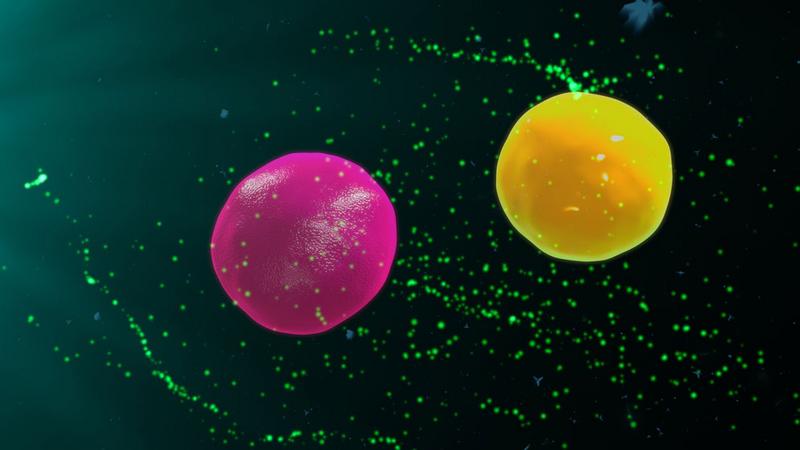Helper cells with heightened self-reactivity identified
Research Highlight | October 3, 2017
The Jackson Laboratory’s Roopenian lab has identified cell populations that might shed light on origins of autoimmune diseases.
Many autoimmune disorders involve self-reactivity – immune cells failing to distinguish between pathogens and healthy cells, and therefore destroying important parts of the body. In a paper published in Cell Reports this week, a team led by Jackson Laboratory (JAX) Professor Derry Roopenian, Ph.D., describes newly observed immune cell types that are prone to this dangerous trait.
This paper represents the Ph.D. thesis work of Elisabeth Marnik, who is the lead author on the paper. In 2016, Marnik became the first graduate of the “JAX Track” mammalian genetics Ph.D. program, a collaboration between JAX and Tufts University. She is now a postgraduate researcher at Mount Desert Island Biological Laboratory.
Interleukin 21 (IL-21) is a regulatory protein that induces the proliferation of anti-viral and anti-tumor immune cells. IL-21 is normally produced by mature TFH helper cells. Marnik and other members of the Roopenian lab noticed that a subset of helper cells express IL-21 soon after birth – much earlier than expected. These naturally occurring cells, dubbed nTH21 cells, tend towards self-reactivity, making them a likely candidate for involvement in autoimmune diseases.
Further investigation showed that suspicion to be correct: nTH21 cells developed and spread more frequently in mice with autoimmune arthritis. The researchers hypothesize that the nTH21 helper cells may represent a stage of development where failure to control self-reactivity can trigger pathways to autoimmune diseases.
The study also included characterization of several regulatory elements that affect nTH21 cell development. These elements included other regulatory proteins, as well as signals from gut microbes. The researchers also noted that nTH21 responded to regulation differently depending on whether the cells were still in the thymus (where they originate) or had spread to peripheral areas of the body.
These findings could have important implications for future research on autoimmune disorders, especially those in which IL-21 plays a central role. Studying nTH21 cells may yield better understanding of how autoimmune diseases originate and develop. Additionally, the regulatory elements that affect nTH21 development are potential targets for therapies.
Marnik et al.: Cell Reports. "Precocious Interleukin 21 Expression in Naïve Mice Identifies a Natural Helper Cell Population in Autoimmune Disease." DOI: 10.1016/j.celrep.2017.09.036

